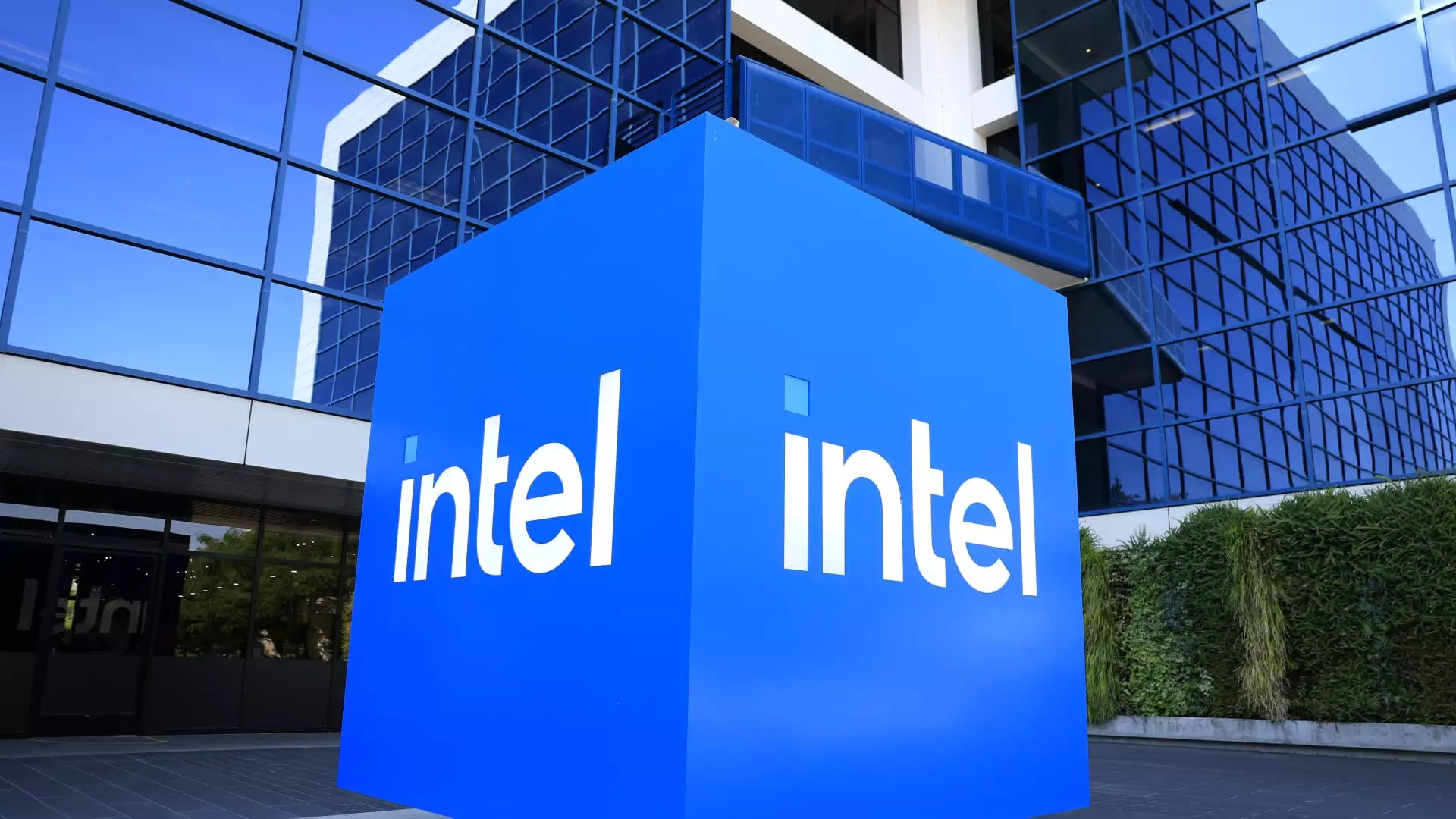Intel’s latest financial report paints a sobering picture of a company grappling with systemic issues that go beyond mere market fluctuations. Despite beating revenue expectations with over $12.86 billion in the second quarter, the underlying figures reveal deep-rooted challenges. The company reported a significant net loss of $2.9 billion, a stark indicator that even with higher revenue, profitability remains elusive. This paradox underscores that revenue alone is insufficient; the cost structure, strategic focus, and operational effectiveness must align to secure a sustainable future. It’s a harsh reminder that growth figures can mask underlying inefficiencies, especially in an industry as competitive and rapidly evolving as semiconductors.
The fact that Intel’s earnings per share were adjusted downward by an $800 million impairment charge related to excess tools highlights poor capital allocation—spending on unused infrastructure that yields no return. This is emblematic of a company that has historically overextended itself, investing heavily without ensuring demand or strategic clarity. The message is clear: unchecked expansion, when not synchronized with market realities, can become a costly liability rather than a catalyst for growth.
Leadership’s Critical Role in Steering Through Crisis
The appointment of Lip-Bu Tan as CEO signifies an urgent attempt at recalibration, but the early results suggest that transformation is a marathon rather than a sprint. Tan’s candid acknowledgment that the company’s initial months had “not been easy” reveals the depth of its malaise. His decision to cut 15% of the workforce and consolidate manufacturing operations signals a necessary, albeit painful, shift toward trimming fat and focusing on core competencies. Restructuring in Oregon, California, Vietnam, and Malaysia is aimed at cutting costs but also indicates a fundamental acknowledgment that previous strategic priorities, such as expansive factory projects, were reckless.
Tan’s emphasis on slowing the Ohio factory’s construction—contingent upon market demand—demonstrates a prudent, data-driven approach that contrasts sharply with historical overinvestment. It is a sign of a leader who understands that sustainable growth cannot be built on hope or blind expansion; it requires patience, disciplined investing, and responsiveness to customer needs. Yet, even as these steps are vital, they expose a nascent recognition that Intel’s previous strategy was overly aggressive, and that a more conservative, demand-based approach is vital for survival.
The Foundry Business and the Innovation Conundrum
Intel’s faltering foundry division epitomizes the challenges of diversifying beyond traditional CPU markets. Operating at a loss of over $3 billion, the division reflects a strategy that has yet to find its footing—despite the company’s ambitions to become a major chip manufacturer for other firms. Major projects in Germany and Poland are now canceled, signaling a retreat from overly ambitious expansion ambitions. The necessity to consolidate operations in Vietnam and Malaysia underscores that precision, not volume, must become the guiding principle of Intel’s foundry plans.
Furthermore, Tan’s declaration that the company will now only proceed with new chip manufacturing capabilities based on confirmed customer commitments indicates a shift toward more cautious, demand-driven capital expenditure. It’s a much-needed correction that recognizes the perils of overbuilding—especially when the market is increasingly dominated by a few fierce competitors like AMD and NVIDIA. How well Intel navigates this strategic shift remains to be seen, but the move toward realism is unquestionably necessary.
Market Dynamics and the Fight for Relevance
Intel’s core client computing segment continues to see decline, and although the data center group has grown modestly, it remains under threat from competitors who are rapidly gaining ground. The company’s desire to regain market share in servers and AI chips indicates a recognition that it cannot rely solely on legacy markets. Meanwhile, the leadership’s announcement that every chip design will now be personally reviewed suggests a desire to reinstate quality and strategic oversight in innovation—an admission that previous processes may have been undermined by bureaucracy or misguided priorities.
Overall, Intel’s path toward recovery appears to hinge on disciplined spending, strategic retention of core competencies, and a willingness to cut losses and focus on profitable, high-demand areas. While the company has shown resilience, its current trajectory underscores the importance of humility and adaptability in an industry where technological edge and market responsiveness are vital. The emerging picture is one of a giant waking from a long, costly sleep—if it can learn from its missteps, there’s still hope to achieve relevance in a crowded field.

